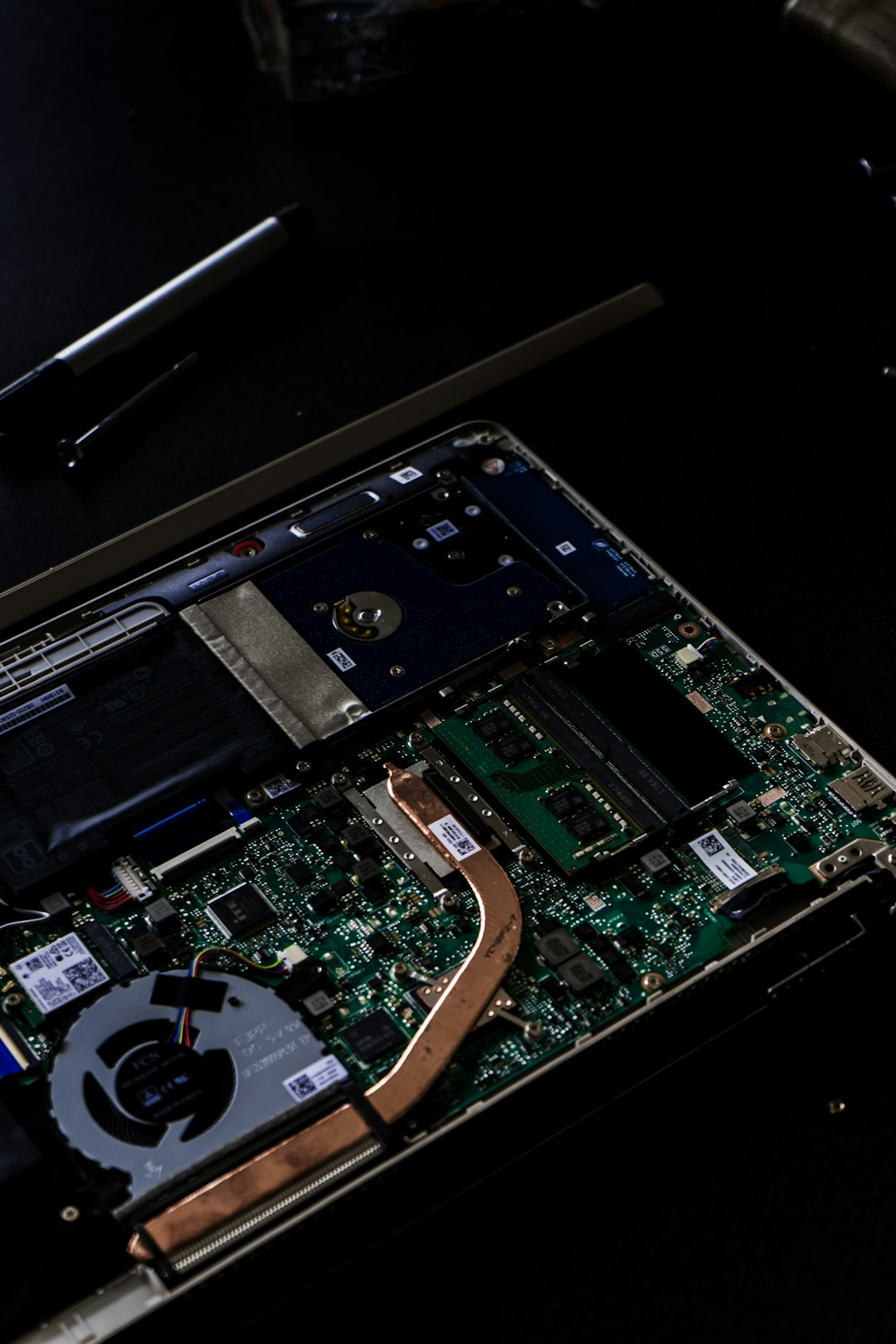Understanding Edge Computing and its Role in IoT
In recent years, the Internet of Things (IoT) has taken the technology industry by storm. From smart homes and wearable devices to industrial automation and smart cities, IoT has revolutionized the way we interact with our environment. However, with the increasing number of devices connected to the internet, traditional cloud computing architectures are facing challenges in terms of latency, bandwidth, and security. This is where edge computing comes into the picture, offering a solution to these problems and enhancing the capabilities of IoT. Let’s delve deeper into edge computing and its role in IoT.
What is Edge Computing?
Edge computing is a distributed computing paradigm that brings data processing and storage capabilities closer to the edge of the network, near the source of data generation. It aims to reduce the distance between devices and the cloud, minimizing the time it takes to transfer and process data. In edge computing, data is processed locally or in nearby edge nodes, rather than sending it to a distant centralized cloud server. This proximity ensures faster response times and reduced network latency.
The Role of Edge Computing in IoT
Edge computing plays a crucial role in IoT by addressing some of the critical challenges faced by traditional cloud computing architectures. Here are a few key benefits offered by edge computing in the realm of IoT:
1. Reduced Latency: With edge computing, data processing is performed closer to the source, eliminating the need to send data to a distant cloud server. This greatly reduces the latency, enabling real-time or near real-time processing and analysis of data. In applications such as autonomous vehicles or industrial automation, where split-second decisions are critical, reduced latency provided by edge computing is invaluable.
2. Bandwidth Optimization: IoT devices generate a massive amount of data, and transferring all of it to the cloud for processing can strain network bandwidth. By processing data at the edge, only relevant or summarized data needs to be sent to the cloud, optimizing bandwidth usage. This not only eases the burden on the network but also reduces costs associated with data transmission.
3. Enhanced Security: Edge computing enhances the security of IoT systems by reducing the attack surface. In traditional cloud computing, data is transmitted and stored on remote servers, which creates potential vulnerabilities. Edge computing keeps sensitive data local, minimizing the exposure to potential cyber attacks. It also allows for localized security measures and timely detection and response to threats.
4. Edge Intelligence: Edge computing enables intelligent decision-making at the edge of the network. By deploying artificial intelligence (AI) and machine learning (ML) algorithms locally, IoT devices can make autonomous decisions, without the need to rely on a centralized cloud server. This enables quicker response times and provides real-time insights to aid in decision-making.
5. Offline Operation: In certain scenarios, IoT devices may need to operate in an offline environment, such as remote areas or on ships. Edge computing allows these devices to function autonomously by processing and analyzing data locally, even when disconnected from the cloud. This ensures continuous operation and prevents disruption in critical applications.
Examples of Edge Computing in IoT
Edge computing is being leveraged in various IoT applications across sectors. Here are a few examples:
1. Smart Cities: In a smart city, edge nodes placed strategically across the city can process and analyze data collected from various IoT devices, such as sensors, cameras, and traffic lights. This enables real-time data analysis, improved traffic management, faster emergency response, and efficient energy usage.
2. Healthcare: In healthcare facilities, edge computing can empower medical devices to analyze patient data locally, reducing the dependency on the cloud. This enables faster diagnosis, real-time monitoring, and timely alerting of critical conditions, enhancing patient care.
3. Industrial Internet of Things (IIoT): In industrial settings, edge computing allows for real-time monitoring and analysis of production systems, enabling predictive maintenance, optimizing energy consumption, and improving overall operational efficiency.
Conclusion
Edge computing is revolutionizing the IoT landscape, offering a decentralized and efficient approach to data processing and analysis. Its ability to reduce latency, optimize bandwidth usage, enhance security, enable edge intelligence, and support offline operations makes it a game-changer for IoT applications. As the number of connected devices continues to grow, edge computing will play a vital role in shaping the future of IoT, enabling advanced capabilities and unprecedented innovation.

